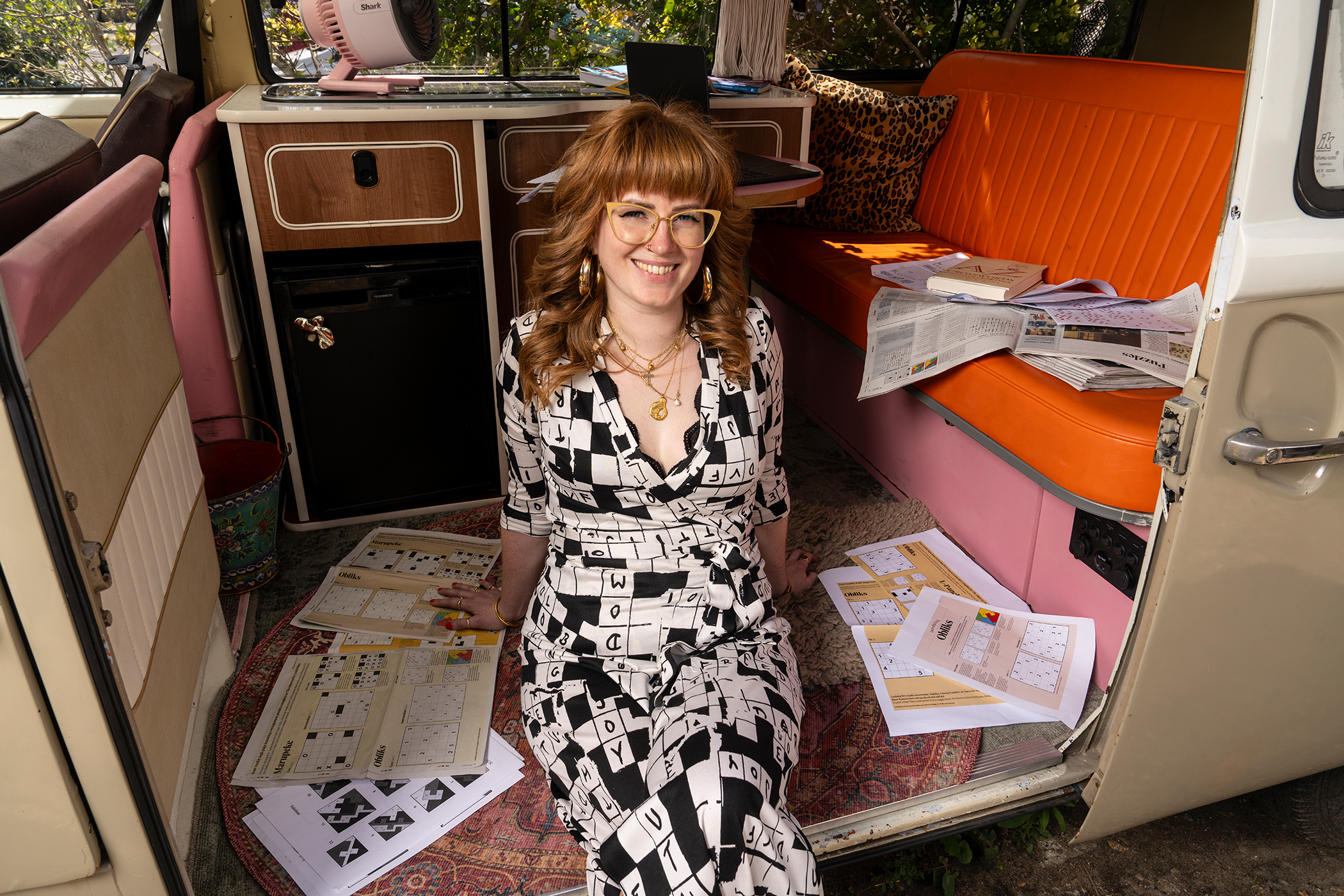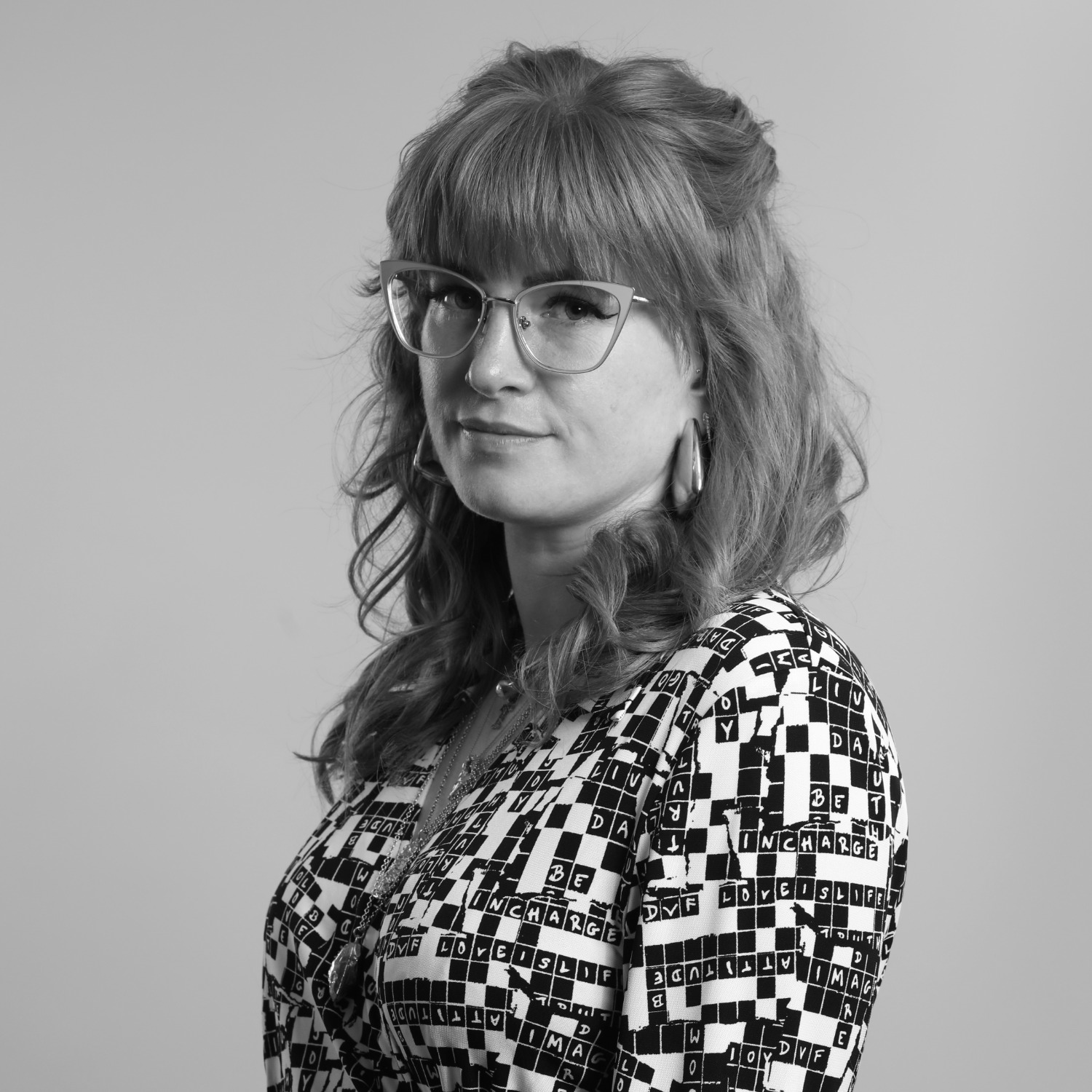When Rosamund Crowther Mathers went through her husband’s papers after he died in 1939, she found two pieces of wedding cake. Edward Powys Mathers, better known to readers of The Observer as Torquemada, had treasured them as mementoes of couples who had met through his crossword puzzles.
He hadn’t just invented the cryptic crossword. He’d built something bigger: a community that stretched from Alaska to west Africa and India, solving his puzzles in snowbound cabins and sweltering flop houses, posting solutions back to London in their thousands.
John Finnemore, the comedian and crossword compiler, once said The Observer’s three setters form “a sort of Socrates-Plato-Aristotle of cryptic crosswords. Torquemada essentially invents the form, Ximenes codifies it, and Azed perfects it.”
We've launched a new weekly newsletter dedicated to puzzles and the stories behind them. Sign up for The Puzzle Edit here
Torquemada was already working for The Observer as a thriller book reviewer in 1926, though he wasn’t particularly good at it. He didn’t believe in negative criticism. If a book was bad but showed promise, he’d use his limited space showing how that promise might be developed rather than tearing it apart. When the American crossword craze arrived in Britain two years earlier, he was appalled. Incomplete dictionary definitions with no wit. The clues annoyed him so much that he dismissed them entirely and moved on.
But the crossword idea stayed tucked away in a corner of his mind. A year later, it germinated. His first cryptic puzzles appeared in the Saturday Westminster Gazette in 1925, a series of 12 crosswords in rhyme. When that feature ended, The Observer invited him to contribute puzzles on similar lines but adapted to its more varied public. On 14 March 1926, the first of what would become 670 puzzles appeared in these pages. He called them “feelers” because he was feeling his way with his audience.
After Torquemada’s death, Ximenes took over, initially imitating him and then finding his own footing. He formalised the principles that crossword setters still follow today. These Ximenean principles, among others, separate fair cryptics from the lawless chaos Torquemada despised.
And then came Azed. Jonathan Crowther has been setting The Observer puzzle for 52 years, longer than both his predecessors combined. His clues are witty, precise, and human. As one solver wrote to Rosamund after Torquemada’s death, his clues “reflected at so many angles the character, knowledge and humanity of their author”. Anyone who’s solved an Azed puzzle knows exactly what that means.
This isn’t just Observer history: it’s the backbone of how cryptic crosswords work everywhere. And that history is evolving.
This year, we brought Azed online for the first time. Solvers can now enter competitions digitally rather than posting stamped, addressed envelopes (yes, really). Which means Azed is travelling the world again, the way Torquemada's puzzles once did. You might not be able to win book tokens from Alaska any more, but you can be highly commended for your clue writing from anywhere on the globe.
But we believe cryptic crosswords deserve an even bigger audience.
That's where I come in. I'm not the image that comes to mind when you think of 'puzzles editor'. When I mentioned my job at an antenatal class, people laughed. I'm 35 and work from a 1971 Volkswagen campervan parked outside my house. But I love this world and the people in it and I'm good at sharing how a clue works, explaining why it lands and celebrating the setters who craft them.
Starting this week, our new newsletter, The Puzzle Edit, will celebrate the world of puzzling. Some weeks will focus on histories, new games or the people behind the puzzles (trust me, they are characters). And every week, you’ll get One Across: a topical cryptic clue written by Calypso that I’ll break down for you, lifting the lid on how cryptics work in a way that hasn’t been done in this space before. Even if you're a seasoned solver, I promise these will make you smile.
Torquemada’s wife wrote that solvers would thank him for helping them “rediscover forgotten beauties in prose and verse to which we might never have returned but for the stimulus of the weekly chase”. A century ago, his puzzles reached every corner of the globe. One competition alone drew 7,000 solutions posted back to The Observer from solvers hunting for that chase.
I want to bring that excitement back. I want cryptics to catch on again the way they did a century ago, because they’re fascinating – and they’re ours.
We've launched a new weekly newsletter dedicated to puzzles and the stories behind them. Sign up for The Puzzle Edit here
Photograph by Antonio Olmos/The Observer

